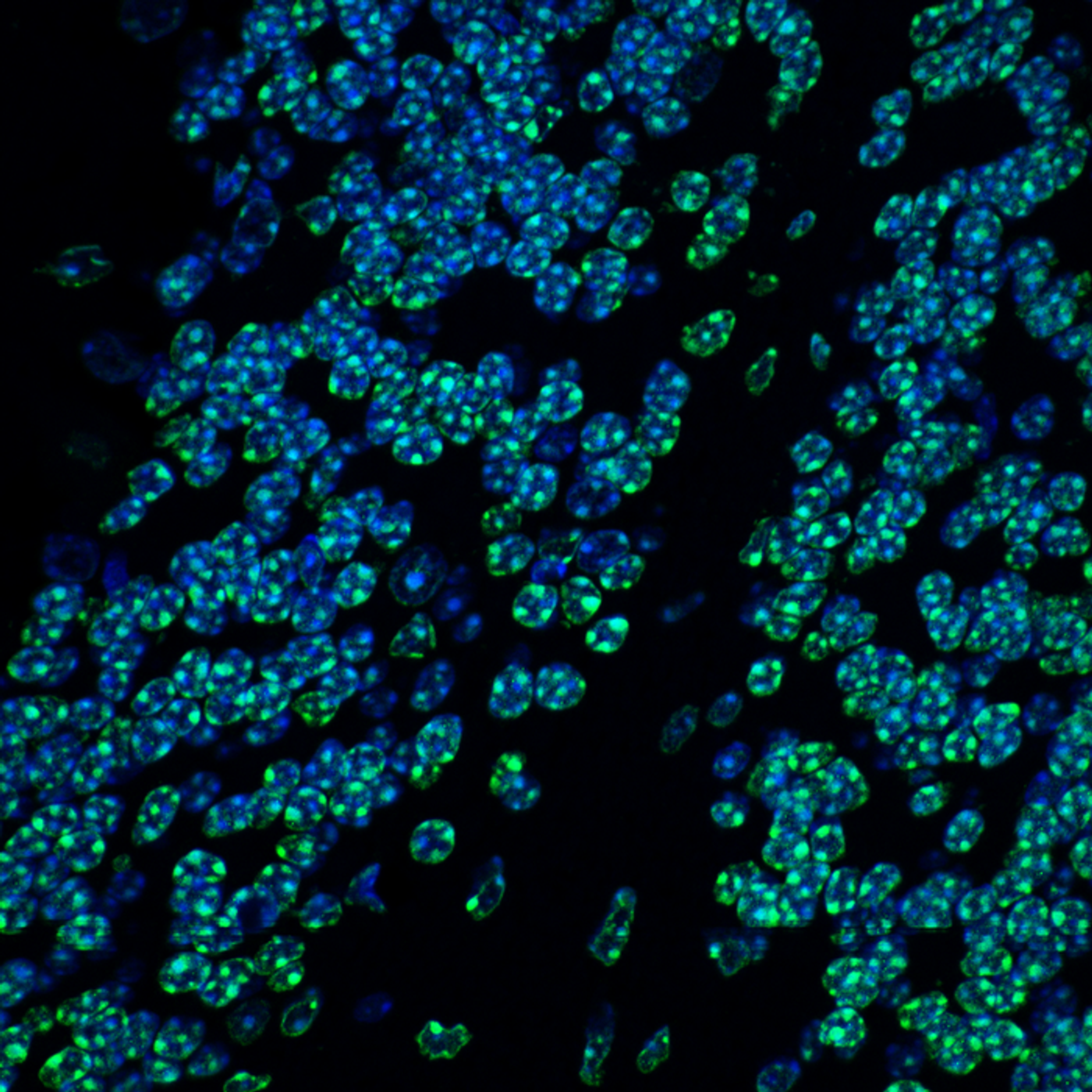HUSH - A Complex That Silences Genes & Helps Control Brain Architecture
The HUSH (human silencing hub) protein complex is known to silence genes, and researchers have thought that it could be related to dysfunction in nerve cells and the brain. Scientists have now identified the targets of HUSH and a protein that associates with it. This research used organoids and a mouse model to show that HUSH is linked to normal development in the brain, the connectivity and individuality of neurons, and mouse behavior. The findings have been reported in Science Advances.
HUSH helps tamp down the activity of genetic elements known as transposons, or jumping genes, in mammals. One part of HUSH, a protein called MPP8, can bind to a histone modication or epienetic mark known as H3K9me3, which affects gene expression. HUSH can also recruit proteins, like one known as MORC2.
Mutations in the MORC2 gene gave been linked to a neurodevelopmental disorder, and nerve damage called axonal neuropathy.
In this study, the researchers used the mouse model to determine that MPP8 and MORC2A (the mouse version of human MORC2) are expressed at high levels in neurons in the brain. When MPP8 or MORC2A were deleted from the nervous system, the size of the mouse brains increased, and the brain architecture changed. Motor function and behaviors changed in the mice after the alteration. There were not significant changes in transposon expression, however.
"Hence, surprisingly in a living animal, we showed that MPP8 and MORC2A act beyond transposable element regulation," said co-corresponding author Astrid Hagelkruys, Senior Research Associate in the Penninger group at IMBA.
"We showed that MPP8 and MORC2A suppressed the protocadherin gene clusters in an H3K9me3-dependent manner. At the protein level, these protocadherin gene clusters form neuronal surface proteins that mediate contact with other neurons. Although protocadherins are not transposable elements, some are expressed in the central nervous system as repetitive-like gene clusters," explained Hagelkruys.
In mice, MPP8 and MORC2A silence a protocadherin cluster located on mouse chromosome 18. When MPP8 and MORC2A were ablated, more synapses formed. The researchers suggested that this may disrupt the ability of neurons to distinguish self from non-self - a loss of individuality. Neurons can acquire a kind of barcode by expressing various protocadherins; this controls how synaptic links form. MPP8 and MORC2 can target protocadherin clusters, which ensures that neurons get barcoded correctly, and link up only with the right partners.
In the human organoids, removing MPP8 and MORC2 caused an increase in protocadherin expression at the single-cell level. Thus, neuronal identity may also be disrupted in the same way in the human brain.
Clustered protocadherin dysregulation has been associated with some neurological diseases, as well as mental disorders. "Hence, our findings might help us better understand the epigenetic regulation mechanisms governing these diseases and provide a new way to study brain evolution," noted Josef Penninger, group leader at IMBA.
Sources: Institute of Molecular Biotechnology of the Austrian Academy of Sciences (IMBA), Science Advances









